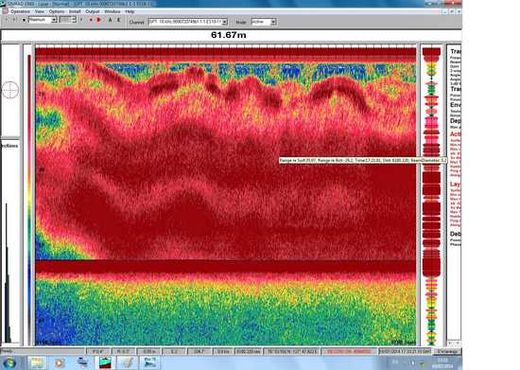
© NASA/AFP/GettyNASA image of a solar storm from 2012
Scientists predict a solar superstorm every 150 years, meaning we are currently five years overdue
Solar "superstorms" pose a catastrophic threat to humanity, scientists have warned.
Solar storms are accompanied by coronal mass ejections, or CMEs, the most energetic events in the solar system, which see huge bubbles of plasma and magnetic fields being spewed from the sun's surface.
A solar superstorm occurs when a CME of sufficient magnitude tears into the Earth's magnetic field and rips it apart. Scientists expect one every 150 years.
Such an event would induce huge surges of electrical currents, causing widespread power failures. The last one was in 1859, before the world depended on electronics.
Ashley Dale, who was a member of SolarMAX, an international task force set up to identify the risks, warned that it was a "matter of time" before such a storm hit again.

Comment: Yet another reason to prepare by setting up one's home with alternative sources of energy, food, first aid, etc.